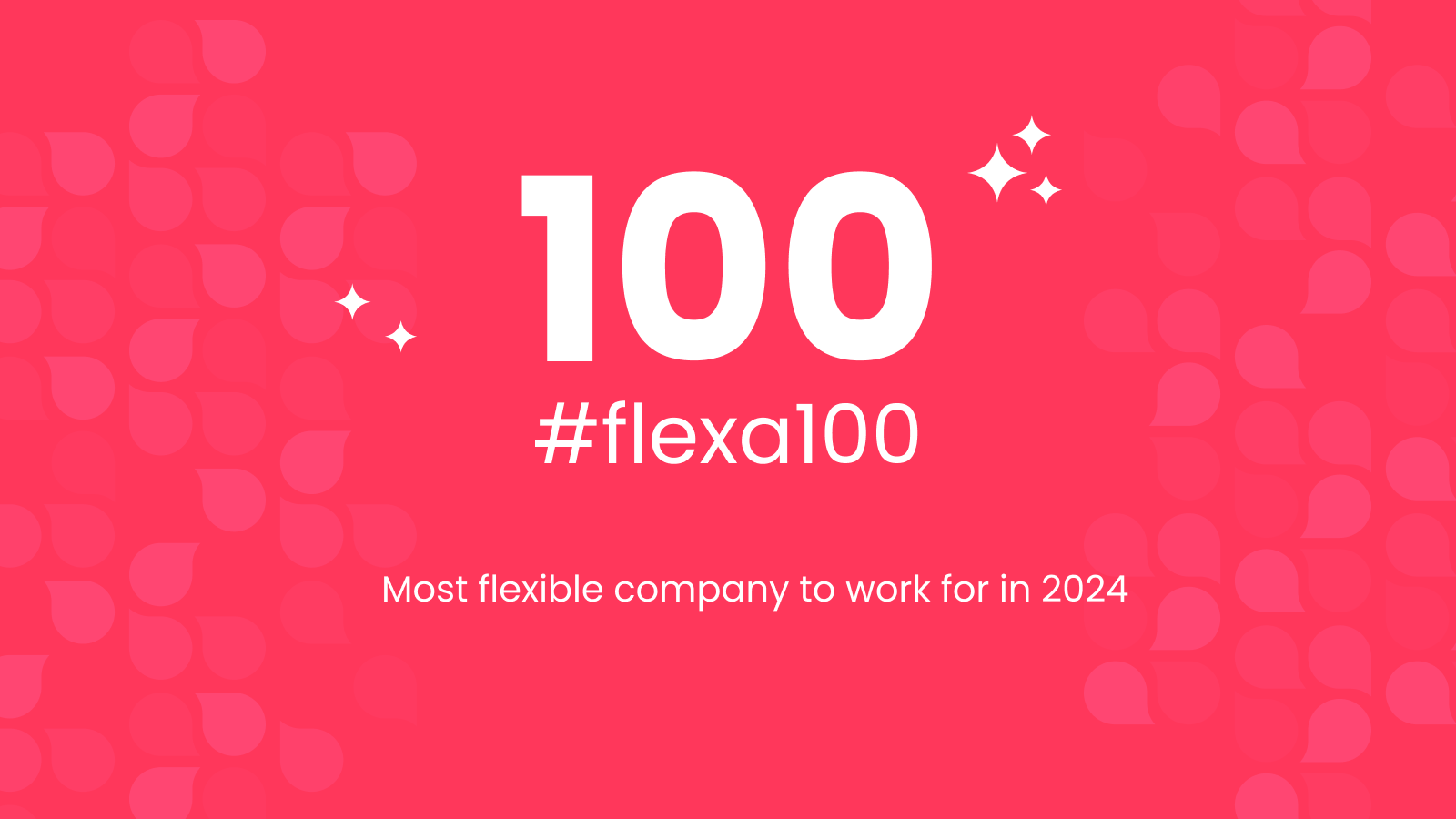The future of work is likely to be hybrid — with more employees wanting flexible working in the wake of the pandemic. In this blog, Puzzel CMO Jonathan Allan reflects on what this could mean for contact centres.
The pandemic has given us a once-in-a-lifetime opportunity to reinvent how we work.
For nearly 100 years, people have been commuting to workplaces and working eight hours a day, five days a week, without much objection.
But in that time, the entire working world has changed.
Today we use different tools, communicate in different ways, and live completely different lifestyles. Women have entered the workforce, meaning parents must now juggle schooling and childcare around work commitments. Businesses can now operate and trade around the world, requiring new ways to share ideas and work collaboratively. And we’ve also learned much more about human behaviour and the diverse ways in which we think and perform.
Now Covid-19 has given us a chance to reflect.
Closing offices and working from home has given us all – especially contact centres – time to wonder: Are we really working in the best way possible? Or is it time for change?
The contact centre is evolving
Over the past 20 years, Puzzel has seen countless innovations and changes in the way contact centres operate, the equipment they use, and the services they provide.
Now the industry is headed for its next big change: hybrid working.
According to Gartner, 45% of the global knowledge workforce will be working from home two to three days per week by 2022. Nearly one in five will work remotely all the time [1].
This aligns with the findings from our Evolution of the Contact Centre research initiative with the Call Centre Management Association (CCMA), which show more contact centres are moving to hybrid working models after the pandemic [2].
This means organisations will have to create new policies and workflows to accommodate a more dynamic and dispersed workforce. But the biggest challenge, Gartner warns, will be first coming to a consensus on what hybrid working really is [3].
What is hybrid working in the contact centre?
Last month I attended an industry roundtable hosted by the CCMA, in which Bupa UK shared how they had introduced hybrid working into their contact centre.
Defining the ‘rules’ and shifting mindsets about remote work was by far the hardest part, Kirk Bradley, Bupa’s Commercial Operations Director, and Sandra Scott, Bupa’s HR Business Partner, confirmed.
For example, some employees were unsure of the differences between hybrid working and flexi-time, which is more about allowing employees to fit their working hours around their individual needs. Others were unsure of the business benefits of splitting time between home and the office.
When faced with this challenge, Kirk and Sandra recommended having a clear position, but also engaging with employees and encouraging two-way conversations.
Obstacles and opportunities
Gartner defines hybrid working as a strategic working model where employees and managers can ‘flow through’ locations (eg. the office, the home or another location) where it makes the most sense to drive both productivity and engagement [3].
In the contact centre, this means enabling agents to serve customers from home or in the office, where it makes the most sense to provide maximum flexibility for employees and deliver maximum satisfaction for customers.
Hybrid working has several benefits for contact centres, including:
- Improved customer experience: Happier agents make happier customers. Giving agents more control over their schedules and work-life balance leads to higher engagement and better customer service. (You can read more about the importance of Agent Experience in our blog series here)
- Increased availability: Agents are able to work a wider variety of shifts – including micro shifts – making it easier for managers to fill absences and late shifts, use specialist agents more strategically, and scale up and down to meet seasonal demand.
- Expanded talent pool: Managers can look further afield and attract more diverse talent, as physical location becomes less critical.
- Reduced sick leave: Many contact centres saw a drop in absence during the pandemic when agents were able to work from home.
- More inclusive: Some people are more comfortable and productive working from home than in the office, while others prefer the social environment of the office.
However, hybrid working also presents some challenges:
- Onboarding: It is harder to onboard, train and build relationships with new agents when they work remotely.
- Management: Managing a team, keeping agents motivated, and maintaining a strong company culture can be difficult, increasing the risk of disengagement and attrition.
- Equipment & environment: Agents need to be equipped with certain tools and technology, as well as have reliable access to the internet and a quiet space to work.
- Office design: Offices may need to be redesigned to meet the needs of a more dynamic workforce, for example adding more collaboration spaces and booths with branded backgrounds for video calls.
- Compliance: It is difficult to ensure company policies are being adhered to, and correct procedures are being followed, when agents work remotely.
Test, learn and refine!
The most important thing to remember as the industry transitions to hybrid working is that contact centres can be agile.
When the pandemic hit, contact centres had to transition to remote working in just a few days and refine policies and procedures on the fly.
Now hybrid working can (and should) be treated in the same way.
Bupa, for example, has adopted a ‘test and learn’ approach, where their workflows will be continually revised until they’re satisfied they meet all the needs of their employees, customers and the business.
While change can be challenging, it’s the first step to progress!
Thanks again to the CCMA and Bupa’s Kirk Bradley and Sandra Scott for sharing their experiences.
Puzzel’s omnichannel cloud contact centre is fully equipped for hybrid working, with agents able to serve customers from anywhere, anytime and on any device. Contact us for a demo.
[1] https://www.gartner.com/smarterwithgartner/making-hybrid-work-more-permanent-set-some-ground-rules/
[4] https://www.bupa.com/newsroom/our-views/deepa-shah-returning-to-the-office







